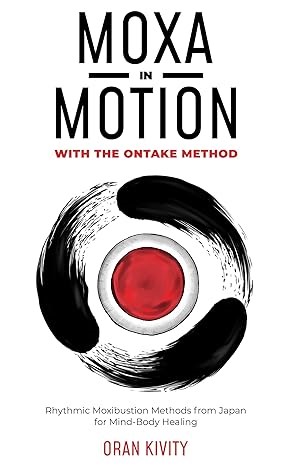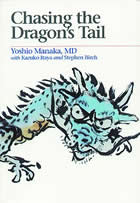Moxa in motion with the ontake method
Rhythmic Moxibustion Methods from Japan for Mind-Body Healing
- ISBN: 9781916327900
- 2020, 274 pages
32,00 €
inkl. MwSt.
plus Versandkosten
Abhängig von der Lieferadresse kann die MwSt. an der Kasse variieren.
Lieferzeit: ca. 5 - 10 Tage/days
Beschreibung
Is moxibustion too difficult to use, too risky or too smoky? Discover the effective new moxa method from Japan that brings fast and safe results.
Moxibustion is ancient. Even older than needling. In modern acupuncture, however, it is often considered too time-consuming or difficult to master. And yet the classics say that moxa is unrivalled for chronic illnesses.
The Ontake method from Japan is the saviour for today’s time-strapped acupuncturists. In this innovative technique, a piece of bamboo filled with burning moxa wool is rolled, tapped and pressed on the acupuncture meridians with the help of a metronome programmed to the frequency of each meridian. The rhythmic application of heat, frequency and pressure triggers rapid changes in the body condition and mood of your patients, and this method produces very little smoke.
In this book you will learn
- Dr Manaka’s meridian frequencies and how to apply them
- Branch treatments for symptom relief
- Root treatments for whole body regulation
- The integration of Dr Tan’s holographic models with Ontake to quickly relieve pain in the neck, back and joints
Moxa in Motion is a step-by-step guide to clinical practice with the Ontake Method. Easily integrated into any style of acupuncture, shiatsu or tuina, the Ontake Method will improve your results and build your practice.
Autor
Bewertungen (0)
You must be <a href="https://www.naturmed.de/mein-konto/">logged in</a> to post a review.






Bewertungen
Es gibt noch keine Bewertungen.